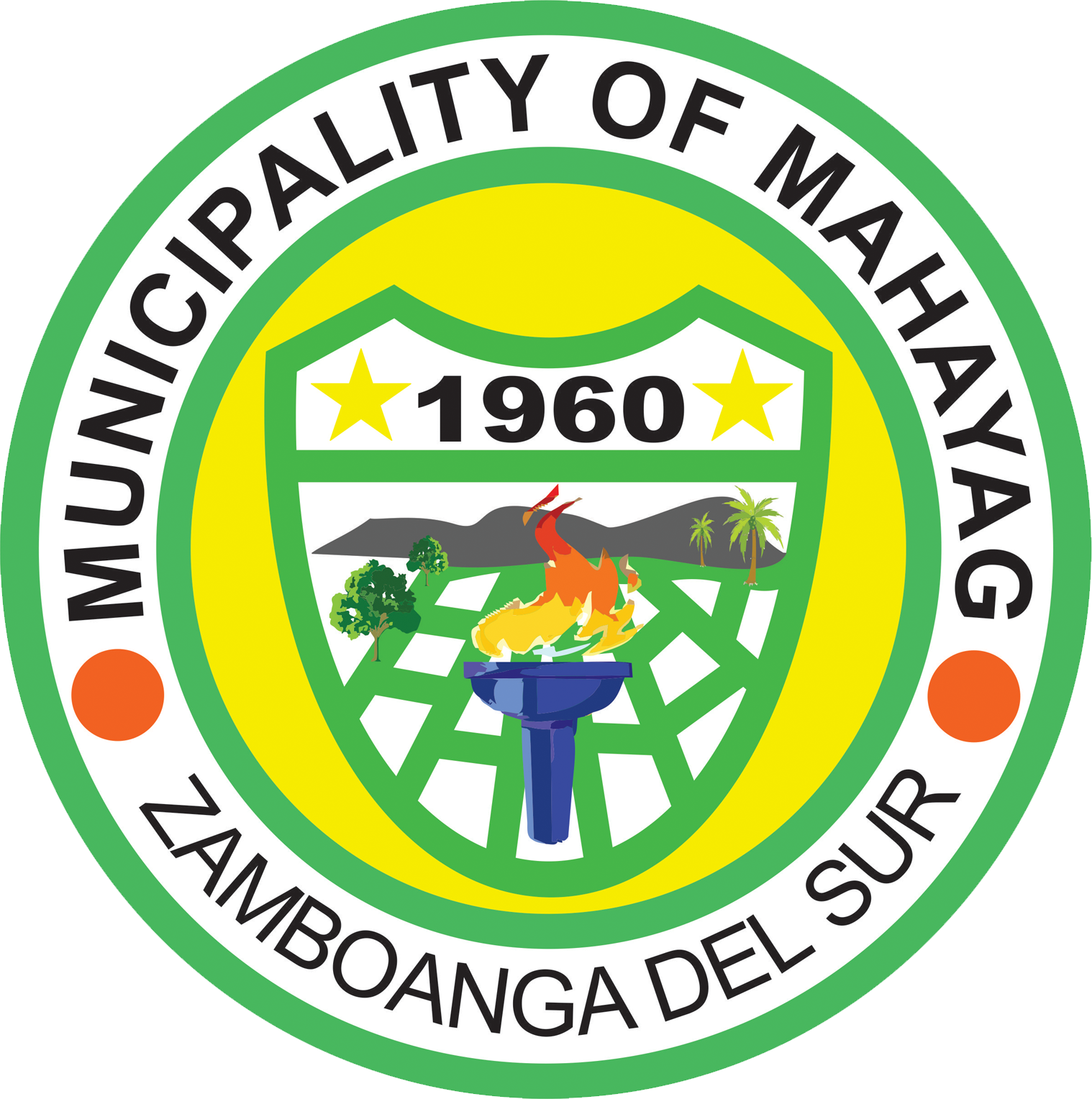POPULATION
> Size and Growth
The municipality’s yearly population projection was computed based on 2010-2015 population growth, which is 0.66 percent. The projection resulted to a population estimate of 46,822 by the year 2016 which will rise to 49,670 by the year 2025. With that, the projected household population will reach to 9,753 and would probably reach to 10,347 respectively, utilizing the 2010 average household size of 4.8 persons/HH.
The projection would vary, though, with the scheduled Philippine Statistics Authority (PSA). With the in-migration factor and other population movements taken into account, the population estimates would be much higher.

> Age-Sex Structure
| Source: NSO 2007, MPDO |
The population composition for the year 2015 shows that 39 percent belonged to the young aged group (0-14), 57 percent belonged to the productive population (15-64) while 5 percent belonged to the old aged group (65-over). With this figure, the dependency ratio or the number of dependents (0-14 years and 65 years and over) for every 100 population in the productive are group (15-64 years) is placed at 77.
The overall sex structure of the municipality’s total population comprises mainly of the male population, which is 51.40 percent or 23,910 while the female population is a little lower with 22,606 or 48.60 percent of the total municipal population. This indicates a sex ratio of 106:100, which means that there are 106 males for every 100 females.

> RELIGIOUS AFFILIATION
Religion is also important social element in the lives of the people of Mahayag. Among the various religious affiliation of the population, the Roman Catholic composed the greatest majority at 82.38% followed by the United Church of Christ in the Philippines at 5.1955% and the Seventh Day Adventist church at 2.897 % based on 1990 census. Protestant church increased their membership such as the SDA with 3.34% placed second to Roman Catholic followed by the UCCP at 2.33% and the Philippine Independent Church at 2.17% during the survey conducted by the MPDC Office in year 2000.
POPULATION DENSITY
The municipality of Mahayag has 29 barangays. Population-wise, the Poblacion, wherein the municipality’s central business district is located, registers the highest population with 6,908 or 14.85 percent of the municipality’s total population. The presence of commercial and institutional establishments is a major factor for the movement of the people from rural to urban areas.
Barangay San Isidro has the second highest population with 3,134 or 6.74 percent of the municipality’s total population, while Pedagan has the lowest with 451 or 0.97 percent of the municipality’s total population. The rest of the barangays and their population distribution within the municipality are shown in the table below.
In terms of density, the municipality has a gross density of 2.15 persons per hectare in which barangay Poblacion is the densely populated with 17.50 persons per hectare.

GROWTH AND FERTILITY RATE
In 1990, Mahayag is sheltered a total number of 37,690 population. By 1995, the municipality’s number of people managed to grow by 0.70% or an increase of 3,096 people. From 2000 to 2010, the population increase has consistently surpassed projections made during the period. Migration is a major factor in this high population increase due to the comparative advantage of the municipality in terms of its vibrantly growing agriculture including the emergence of the ecotourism areas.
In 2015, the municipality registered an increase of 0.66% or 1,501 persons. Given the deliberate rise of the population, planning input on the appropriateness of the land area requirement must be taken into consideration. Social and economic infrastructure projects that will create for vibrant local economic development must be pursued. The municipality’s land use plan must be aligned and sensitive to the social and economic needs of the constituents.

DEATH RATE
In 2005-2006, Crude Death Rate (CDR) in Mahayag is very low at 2.65 and 2.96 respectively. In 2010, CDR went down by 3.39.
The slight increase in the CDR implies the need to realign its priorities and focus its direction on family planning, pre-natal, maternal and child health, proper nutrition and environmental sanitation and ensuring that land use plan are responsive to the needs of the people.




